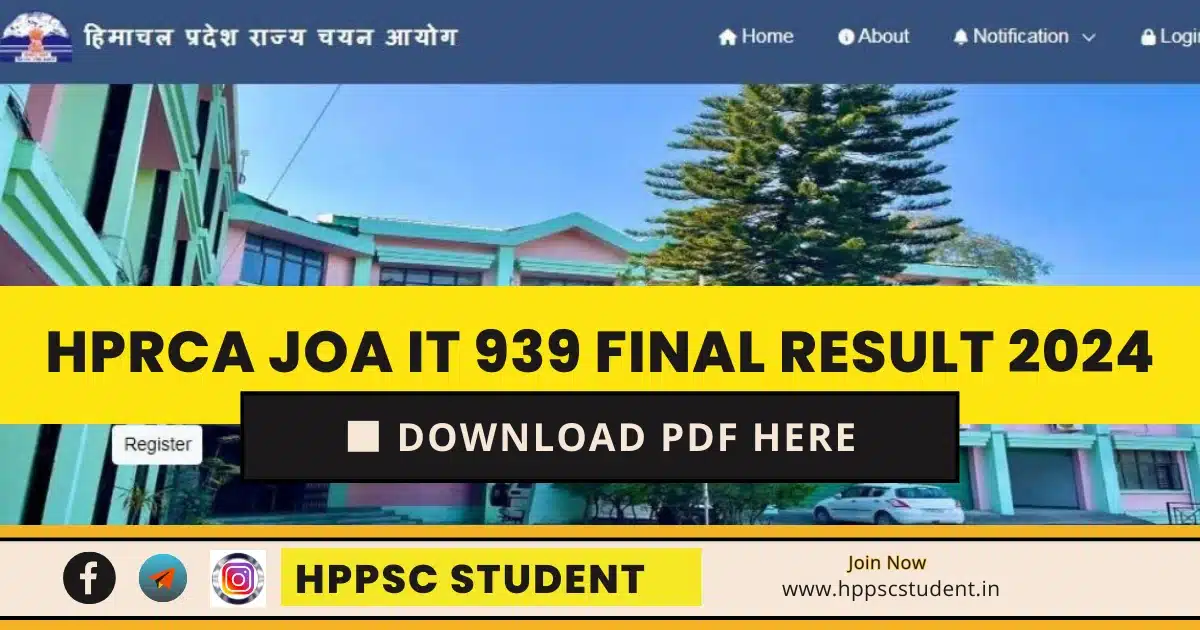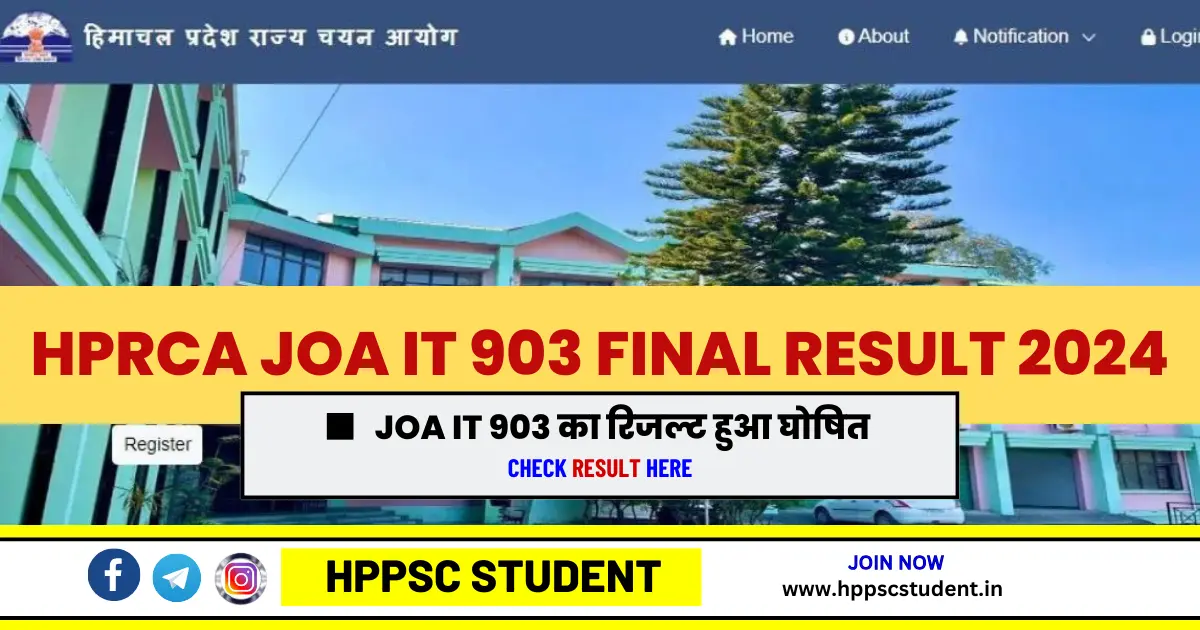Union Budget 2023-24 highlights: A budget is a plan that outlines expected income and expenses to manage money and make informed decisions about spending and saving. The Indian Budget, also known as the Union Budget, is the annual financial statement presented by the Government of India to Parliament.
- The Indian Budget, also known as the Union Budget, is presented by the Finance Minister in the Parliament usually in the month of February.
- The Budget outlines the government’s plans for revenue generation and expenditure for the next financial year.
- The Budget includes proposals for changes in taxes, allocation of funds to different sectors, and implementation of various welfare schemes.
- The Budget has a significant impact on the country’s economy, businesses, and citizens.
- The Budget is one of the most important economic and political events in India and is widely followed and analyzed by the media and economists.
- The Budget is based on the recommendations of the Finance Commission, which is constituted every five years to recommend the distribution of tax revenues between the Union and the states.
- The Budget is presented along with the Economic Survey, which gives an overview of the Indian economy in the current fiscal year.
Union Budget 2023-24 Highlights

The Union Budget 2023-24 highlights include the following: a more than doubled per capita income to ₹1.97 lakh, an increase in the size of the Indian economy from 10th to 5th largest in the world, over 27 crore EPFO memberships, 7,400 crore digital payments through UPI, 11.7 crore household toilets built under the Swachh Bharat Mission, 9.6 crore LPG connections provided under Ujjwala, 220 crore Covid vaccinations, 47.8 crore PM Jan Dhan bank accounts, and insurance coverage for 44.6 crore people under PM Suraksha Bima and PM Jeevan Jyoti Yojana.
The Union Budget 2023-24 has seven priorities including inclusive development, reaching the last mile, infrastructure and investment, unleashing potential, green growth, youth power, and financial sector. The Atmanirbhar Clean Plant Program with an outlay of ₹2200 crore will be launched, and 157 new nursing colleges will be established. 38,800 teachers and support staff will be recruited for the 740 Eklavya Model Residential Schools, and the outlay for PM Awas Yojana has been increased by 66% to over ₹79,000 crore. The capital outlay for the Railways is the highest ever at ₹2.40 lakh crore, about nine times the outlay made in 2013-14.


![HP Subordinate Allied Services Main Exam 2024 [General Studies Paper]](https://hppscstudent.in/wp-content/uploads/2025/03/HP-Subordinate-Allied-Services-Main-Exam-2024-General-Studies-Paper.webp)








